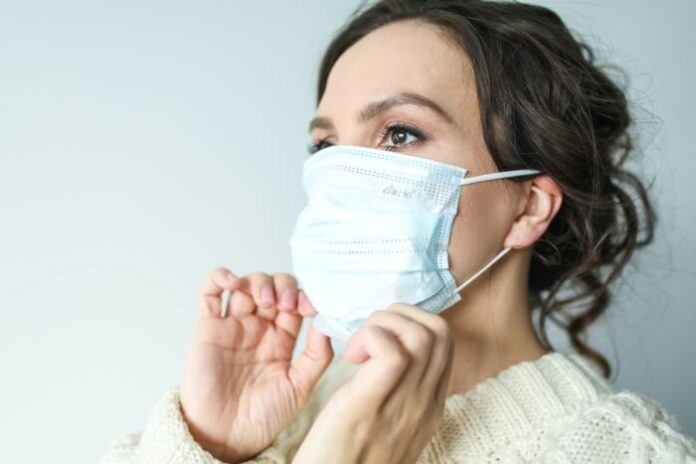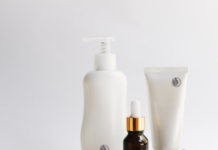
It’s called Maskne and it’s a new form of acne resulting from prolonged use of the mask. The term derives from the conjugation of the terms “Mask + Acne”, a problem that can become very annoying as well as being unaesthetic.
To better understand why the use of the mask, on some people, causes this unpleasant alteration, we must keep in mind the continuous rubbing to which the skin is subjected, in particular the areas of the cheeks, chin, lip contour and nose. In this case, the so-called mechanical acne occurs, especially as regards sensitive skin, where increased irritation, skin rash and in some cases slight abrasions in the areas of contact and rubbing with the mask have been noted.
Why mask acne
In reality, the main reason for these alterations, which works as an aggravating factor for rubbing, is the poor recirculation of air in the skin area covered by the mask. The latter is designed to filter the air we exhale, from the lungs to the outside, before it is dispersed into the atmosphere. In fact, the surgical mask, the most used in the world, does not protect the wearer but others as the air filtration is unidirectional.
The filtering action of the mask during exhalation causes the air to “stagnate” in contact with the skin in the covered areas, generating an increase in temperature and humidity which, associated with limited oxygenation and perspiration, creates an environment favorable to proliferation of bacteria and / or yeasts and the alteration of the skin protective barrier with a consequent change in pH. In this case, even the skin that tends to be oily faces an onset of acne.
How to treat maskne
In the most severe cases, cortisone ointments are used, to be applied locally, and / or protective ointments based on zinc oxide which are similar to the protective ointments used in newborns for diaper rashes.
Cosmetics help us above all to prevent these annoying skin manifestations. As always, first of all, we start with cleaning. Daily cleansing of the face is essential: you must use cleansers that do not alter the skin pH of the face. A liquid soap, or even better a mousse, based on plant extracts of Burdock and Spirea Ulmaria.
Natural remedies
The decoction of Burdock leaves since ancient times was used to remove the cradle cap from the head of newborns while the decoction of Spirea Ulmaria, due to the content of the salicylic acid plant, was used for skin disinfection. If desired, it is possible to make the two decoctions at home and keep them in the fridge, to ensure that they last several days, and use them in the following way. In the morning, after having normally washed and rinsed your face with lukewarm water, pat it lightly with a clean towel and then, with the aid of a cotton swab or a make-up remover pad, pass the Burdock decoction and let it absorb. In the evening carry out the same procedure but with the decoction of Spirea Ulmaria, taking care not to apply it on particularly irritated areas to avoid any burning.
After morning cleansing of the face, it is advisable to apply a light moisturizer, not too nourishing, at least half an hour before wearing the mask, in order not to clog the pores. Surely the cream must not be based on petrolatum, paraffin and silicones. It is essential that the cream is completely absorbed before putting on the mask. It would also be advisable to limit makeup to the areas covered by the mask.
Once a week proceed with deep cleansing of the face. It would be good to avoid products that contain alpha and beta hydroxy acids (fruit acids and glycolic acid) and, in case of oily skin, use a clay-based mask while, in the case of sensitive skin, a soothing and nourishing mask based on of extracts of Chamomile, Horsetail and Rosa Canina.
The last trick is to change the mask often, even during the day and, if it is one of the washable ones, it must be washed and sanitized daily.






































